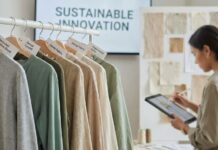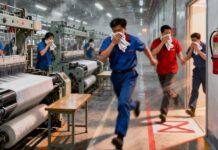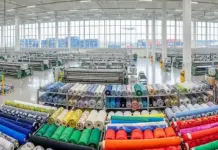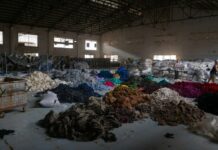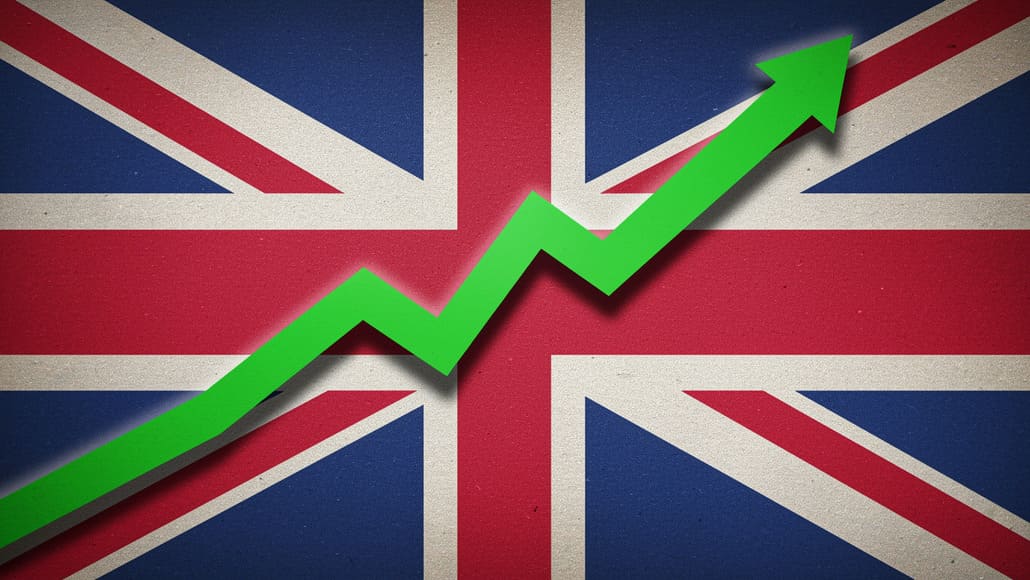Over the next decade, the UK technical textiles market is projected to sustain a positive consumption trajectory, primarily fueled by the increasing demand for technical textile products. The market is expected to experience a modest growth rate, with a compound annual growth rate (CAGR) of +1.3% from 2024 to 2035, ultimately reaching a volume of 17,000 tonnes by the end of 2035.
In terms of value, the market is anticipated to grow at a CAGR of +1.8% during the same period, aiming for a market size of approximately $277 million (at nominal wholesale prices) by 2035.
The consumption of technical textiles in the UK surged by 14% from 2023, rising to 15,000 tonnes in 2024. In that year, the market experienced a substantial increase, reaching a value of $229 million, which reflects a 6.6% growth compared to the previous year.
Production levels for technical textiles in the UK remained stable at 8,500 tonnes in 2024, mirroring 2023 figures. However, the value of this output saw significant growth, reaching an estimated $222 million in export prices for that year.
In 2024, the UK imported 8,900 tonnes of technical textiles, marking a 20% rise from the previous year. The total import value for technical textiles saw a slight decline, amounting to $157 million.
These imports made up 58% of the total technical textiles imported into the UK, with Germany (2,100 tonnes), China (2,000 tonnes), and Belgium (1,100 tonnes) being the leading suppliers. The United States, Czech Republic, France, Italy, India, and the Netherlands collectively accounted for 28% of the imports.
Germany emerged as the largest supplier of textile materials and articles for technical applications, accounting for 27% of total imports, valued at $43 million. China followed as the second-largest supplier, contributing 7.2% of total imports worth $11 million, while Belgium ranked third with a 7% share.
As we look forward to the future, the UK technical textiles growth is expected to significantly impact both domestic production and import dynamics, reinforcing the UK’s position in the global technical textiles market.









